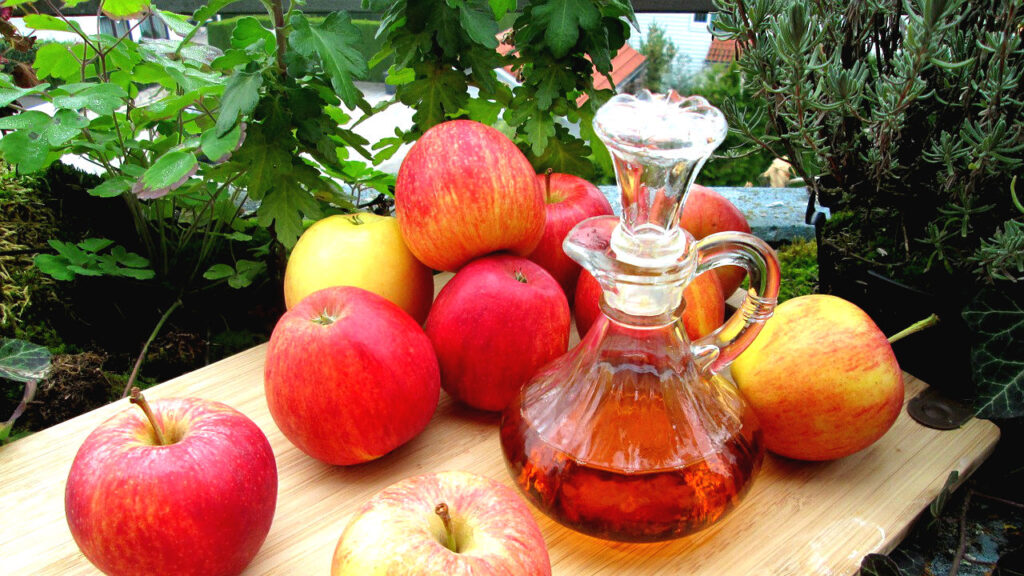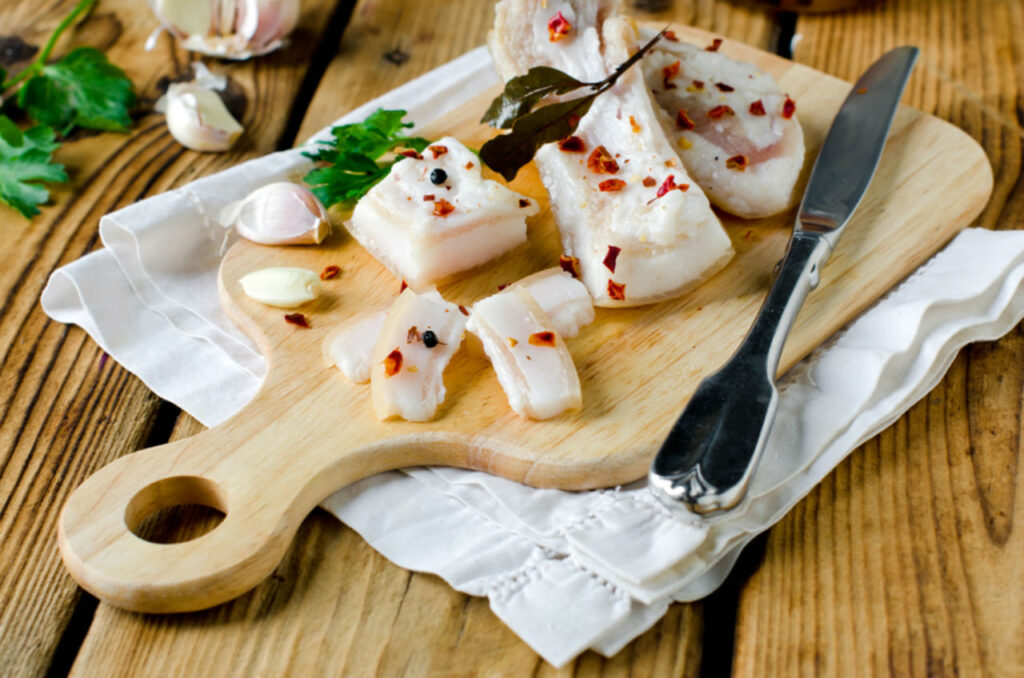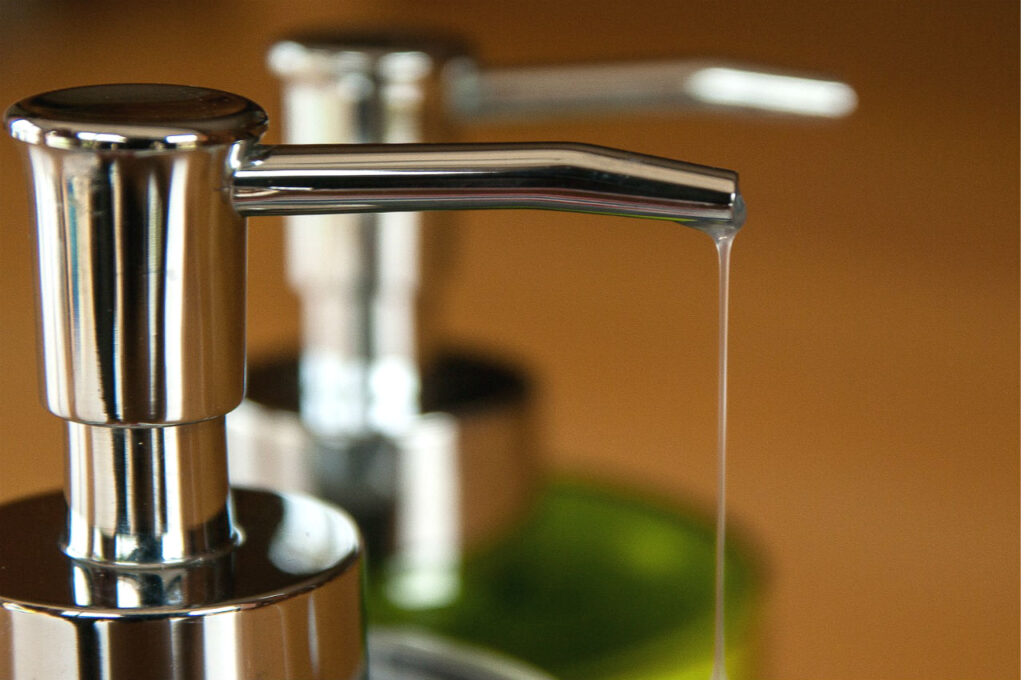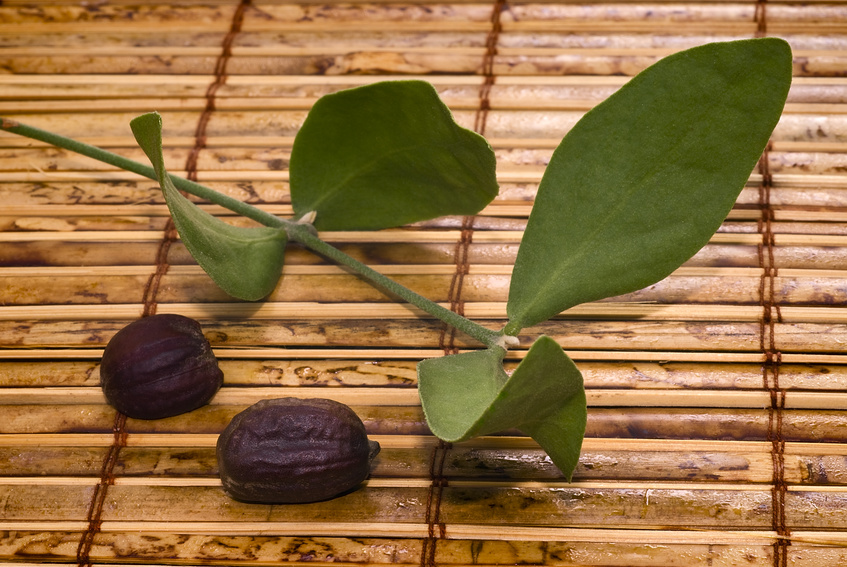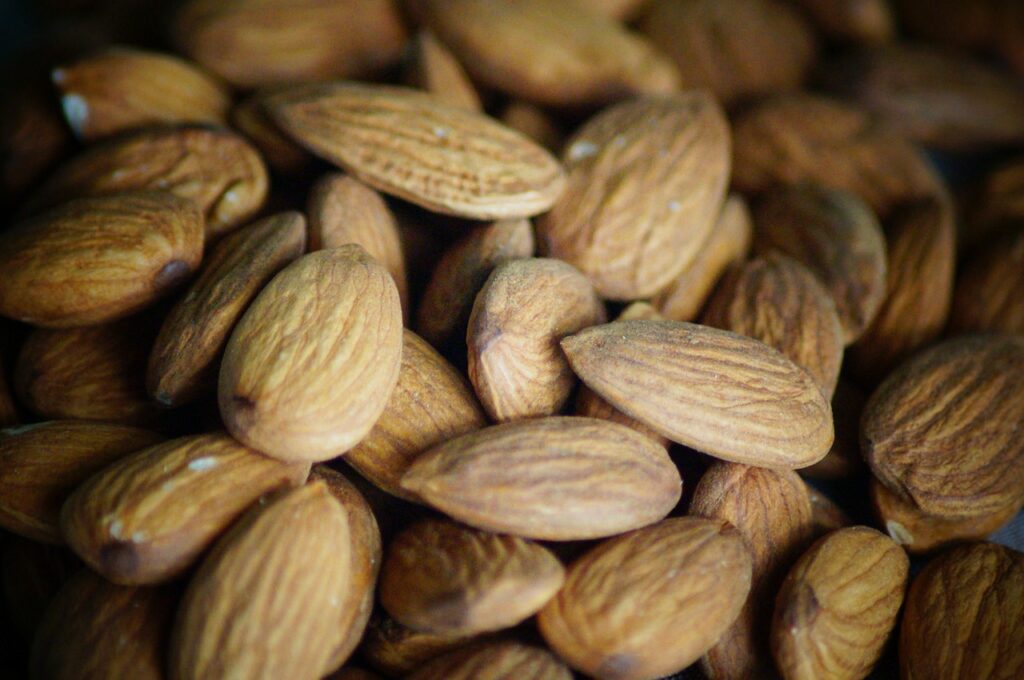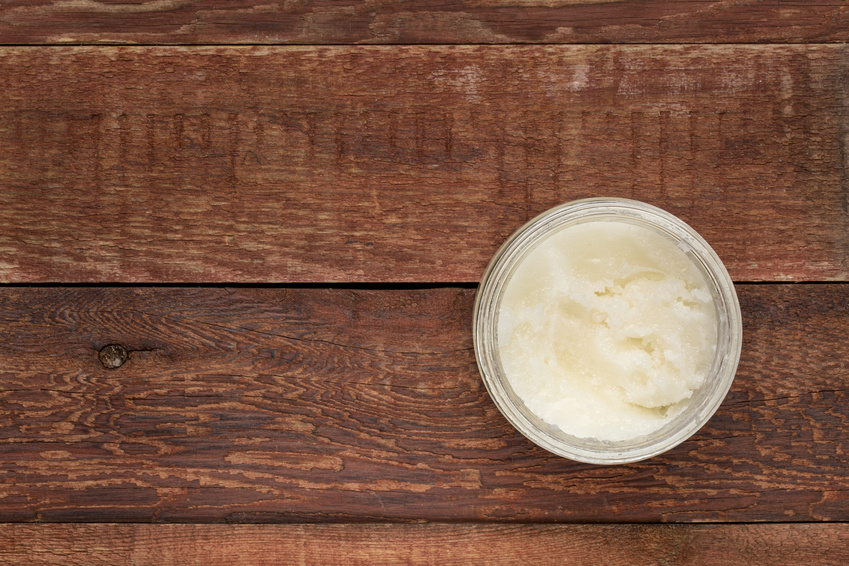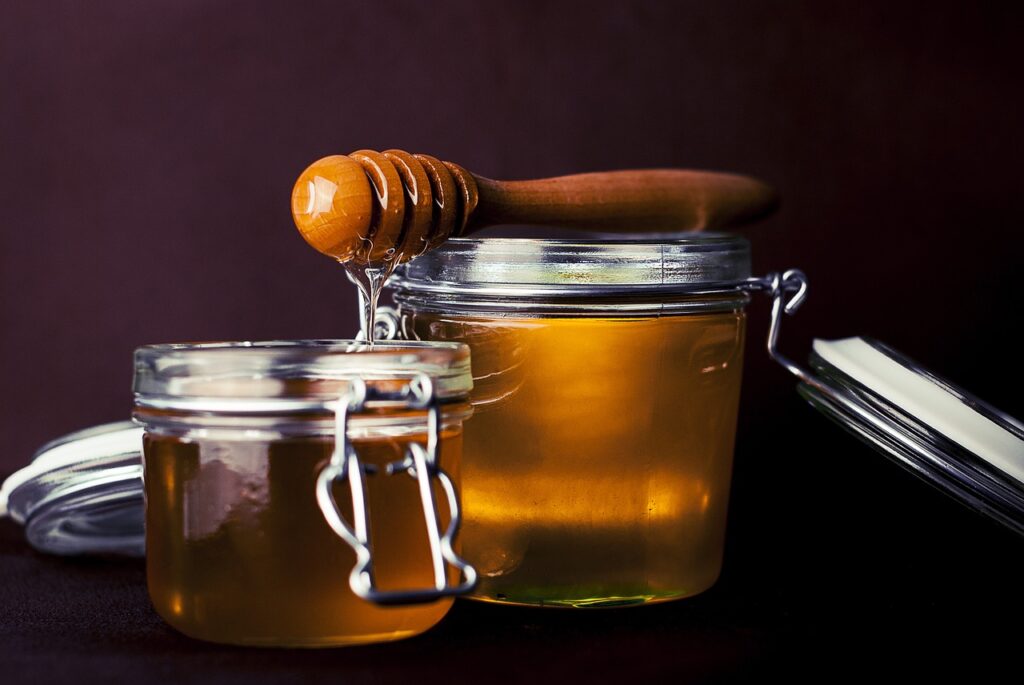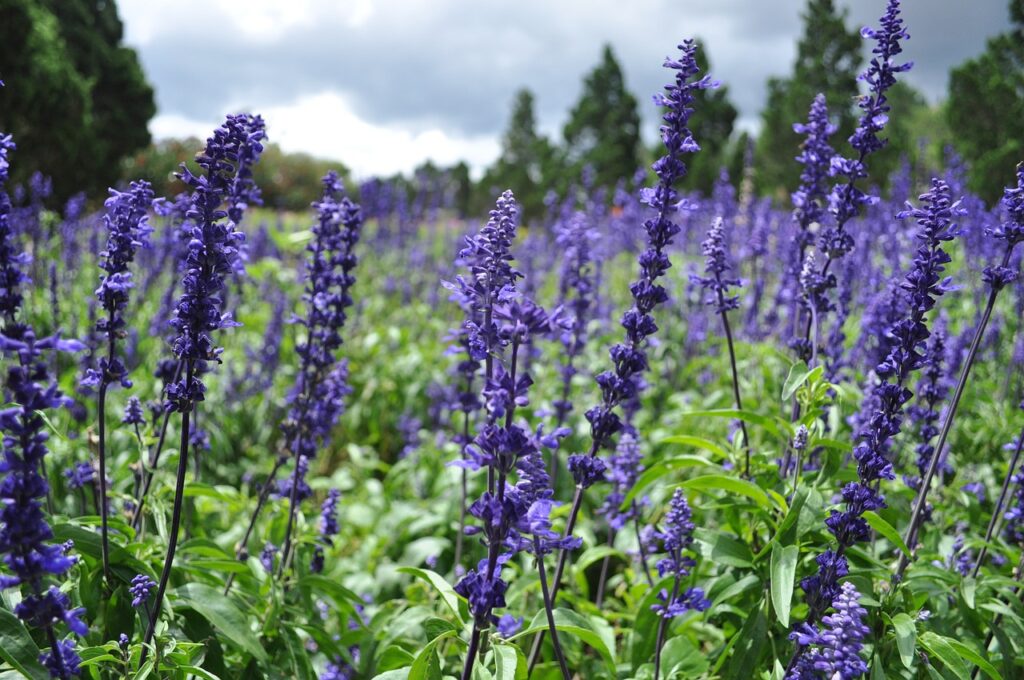Easy Apple Cider Vinegar Drink Recipe You Will Actually Enjoy
Easy Apple Cider Vinegar Drink Recipe You Will Actually Enjoy The kitchen is a great testing ground for resourcefulness and creativity. It’s a place of recipe making, meal preparation, healthy nutrition planning, and more. For adventurous people, it’s also a
Easy Apple Cider Vinegar Drink Recipe You Will Actually Enjoy Read More »
